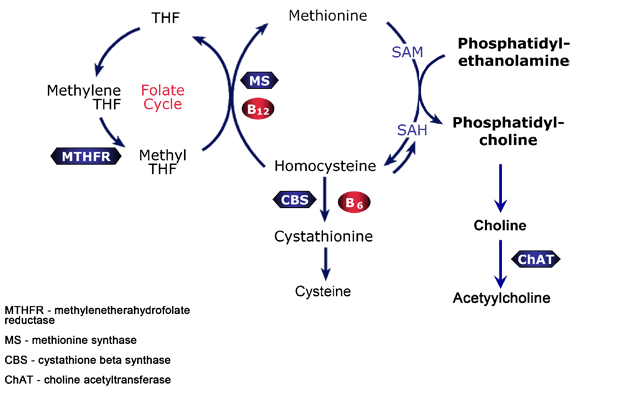Page Contents
OVERVIEW
This page is dedicated to organizing various examples of standardized exam questions whose answer is homocystinuria. While this may seem a odd practice, it is useful to see multiple examples of how homocystinuria will be characterized on standardized exams (namely the boards and the shelf exams). This page is not meant to be used as a traditional question bank (as all of the answers will be the same), however seeing the classic “test” characterization for a topic is quite valuable.
KEY CHARACTERISTICS OF THIS CONDITION (ON EXAMS)
When it comes to standardized exams, each topic has its own “code” marked by key buzzwords, lab findings, clues, etc. If you are well versed in this code you will be able to more quickly identify the condition that is being discussed, and get the right answer on the exam you are taking. Below is the “code” for homocystinuria.
- Intellectual disability/developmental delay
- Cardiovascular events: thrombosis, atherosclerosis that lead to stroke or MI
- Marfanoid habitus: long limbs
- Kyphosis can be noticed on MSK exam
- Ocular changes: downward/inward lens subluxation that can cause visual difficulty
- Increased homocysteine can be detected, especially in the urine.
QUESTION EXAMPLES
Question # 1
Explanation # 1
Question # 2
Explanation # 2
TESTABLE FACTS ABOUT THIS TOPIC (BEYOND ITS IDENTIFICATION)
Many questions on standardized exams go beyond simply recognizing the underlying topic. Often there are specific testable facts regarding some aspect of the topic’s pathophysiology/management/clinical implications that are commonly asked. Some of these are listed below:
- Causes are one of the following: cystathionine synthase deficiency (most common), methionine synthase, or decreased affinity of cystathionine synthase for pyridoxal phosphate.
- Consequence: increased homocysteine (occurs in all forms) because patient is unable to make cysteine. Buildup of increased homocysteine can cause increased methionine as well.
- Homocysteine is prothrombotic leading to increased cardiac events.
- Pattern of inheritance: all types are autosomal recessive
- Complications: osteoperosis, cardiovascular events (as listed above)
- Treatment depends on subtype: however eating more pyridoxine (vitamin B6) is most often a component of treatment.
- Cystathionine synthase deficiency: eat less methionine, more cysteine, more B6, B12 and folate.
- Methionine synthase deficiency: eat more cysteine and a lot more B6.
- Decreased cystathionine synthase affinity for pyridoxal phosphate: eat more methionine.
The homocysteine metabolic pathway is provided below for reference:

Page Updated: 04.22.2017